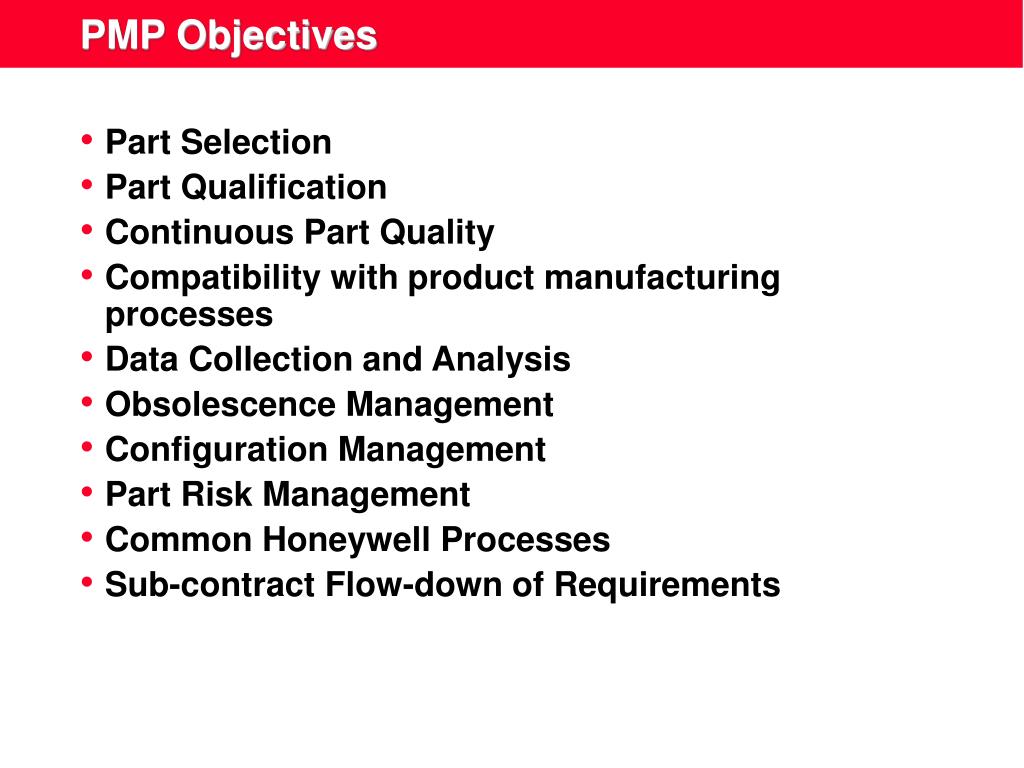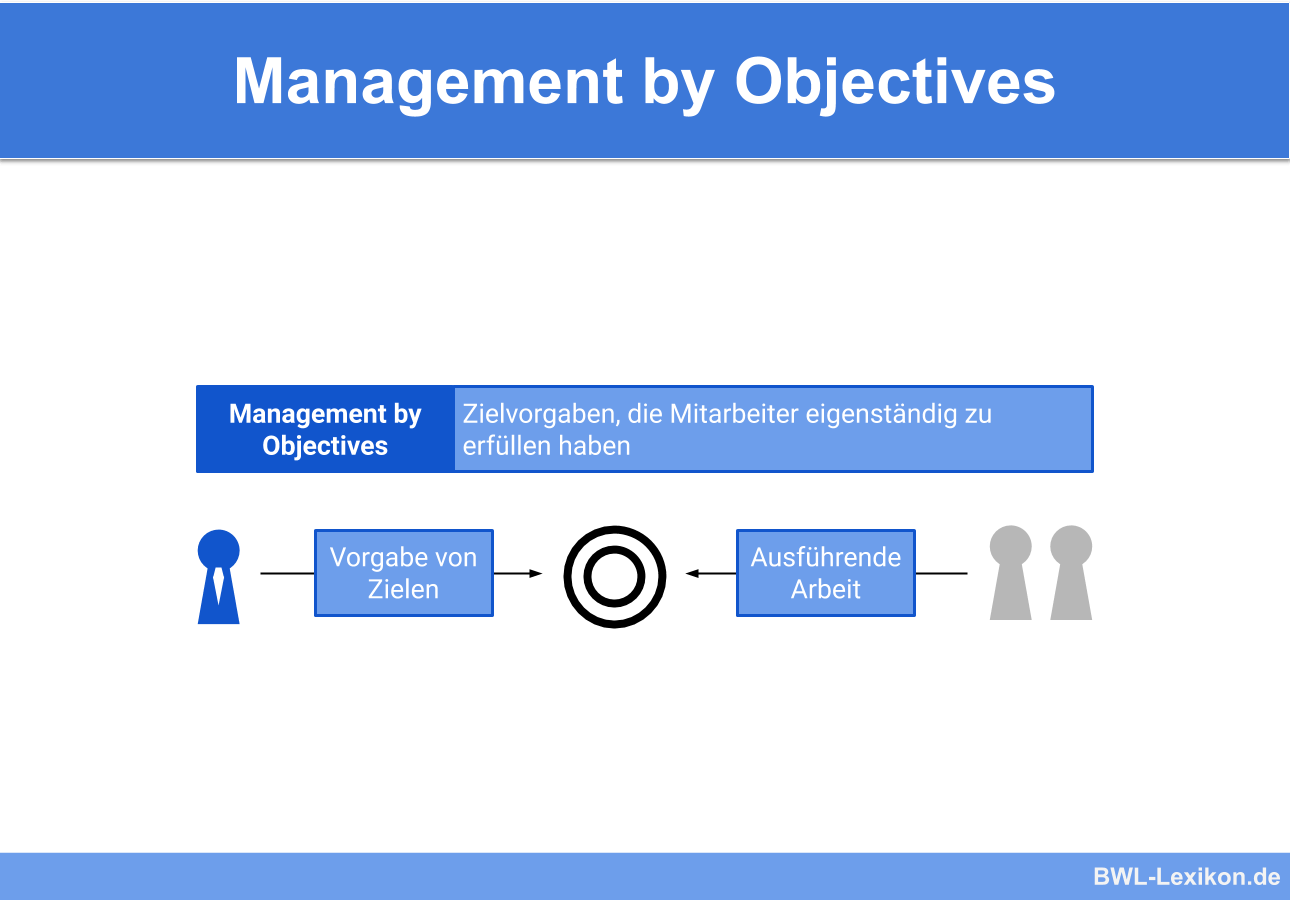

Feel free to copy and modify them as needed: Initiation

There are typically 5 stages that a project goes through: initiation, planning, execution, monitoring, and closing.įor your convenience, we put together a list of project management OKRs for each stage of a project’s life cycle. Project teams often use OKRs to make sure they are improving their internal processes to become better as a team.Īs OKRs are set and reviewed on a quarterly basis, it’s possible to set OKRs for different project stages (depending on the project duration) or to improve how the team works during those stages.
PMP MANAGEMENT BY OBJECTIVES HOW TO
How to set OKRs with examples video OKR Examples for Project Managers This infographic contrasts and compares OKRs and Projects: Otherwise, why are you doing it? And the job of OKRs is to keep that “why” big and shiny on the horizon. There is a “why” for everything that you do. The purpose of project management OKRs is not only to complete tasks but to accomplish something valuable to the business. This discussion is needed to work smarter, and spot opportunities for better execution techniques. In a nutshell, the OKR methodology, when applied correctly, invites team members to participate in the goal-setting process and contribute their unique knowledge and background to the discussion. OKRs unite the team, and lay the foundation for effective and efficient execution. Project Managers use OKRs to mitigate these risks, and create a purpose-driven agenda for the project team. Frustration leads to missed deadlines, and because of missed deadlines, you can lose a lot of money. Because of the waterfall planning structure, team members sometimes complete their tasks in a different way than expected or take much longer than anticipated to finish their assignments.īoth of these issues are deeply rooted in the lack of proper communication and misunderstanding of the outcomes associated with the project. In traditional project management, all tasks are cascaded top-down and distributed between the team members. Both frameworks are applied to guide teamwork and collaboration.ĭespite these similarities, the underlying structure and logic of these approaches are very different.Both frameworks recognize importance of planning.

OKRs and project management are different approaches but they do have their similarities:


 0 kommentar(er)
0 kommentar(er)
